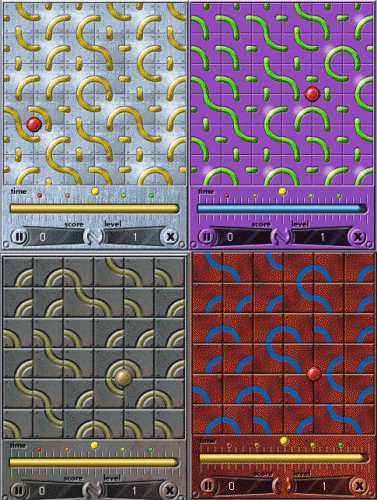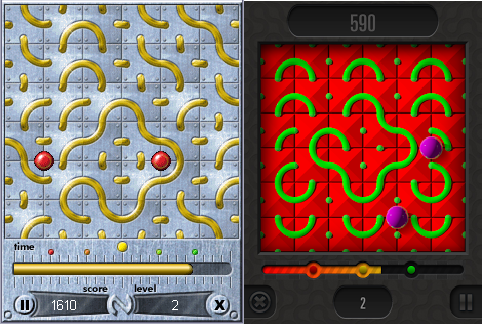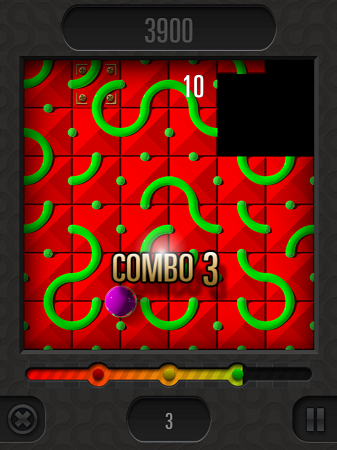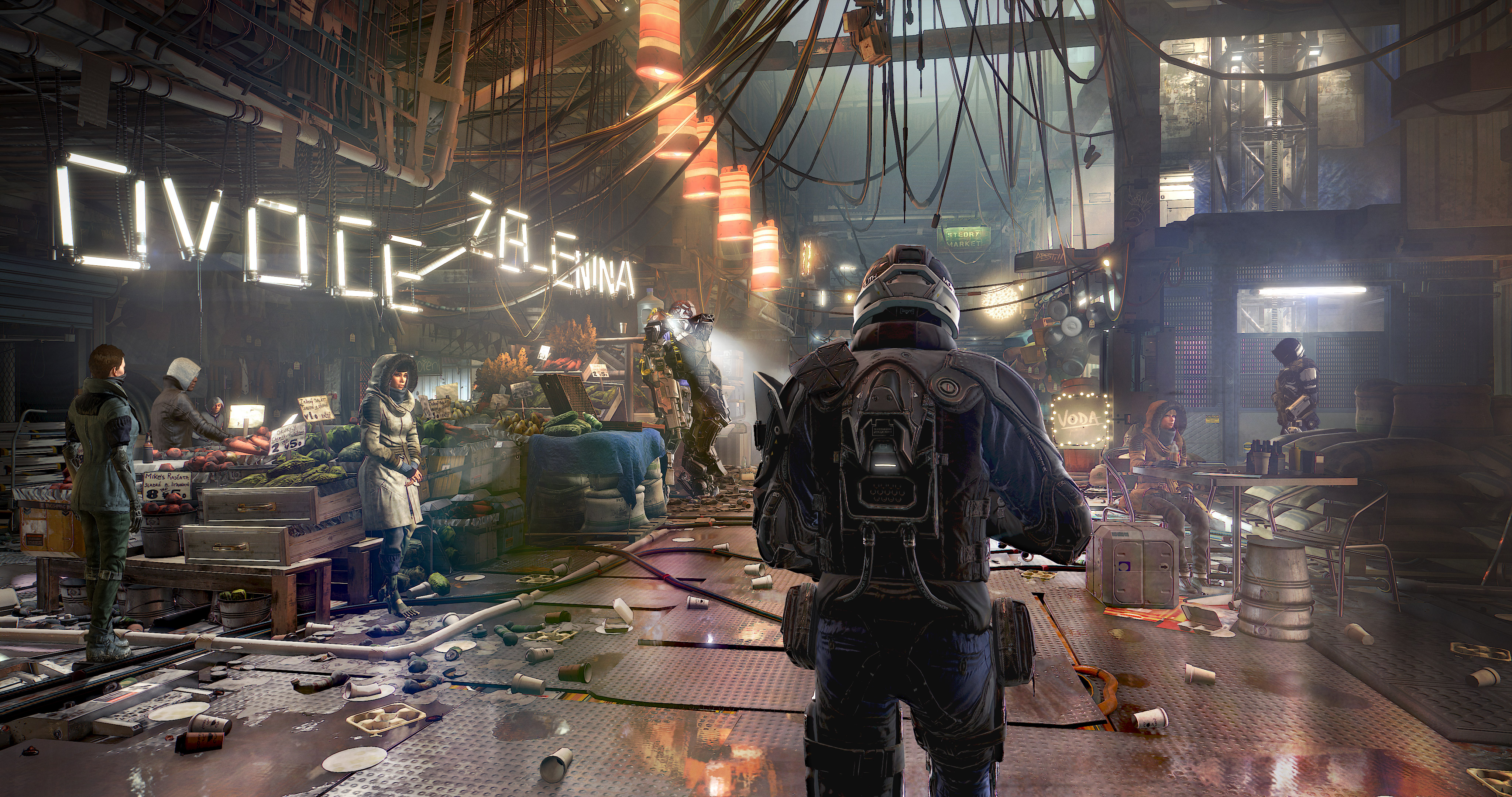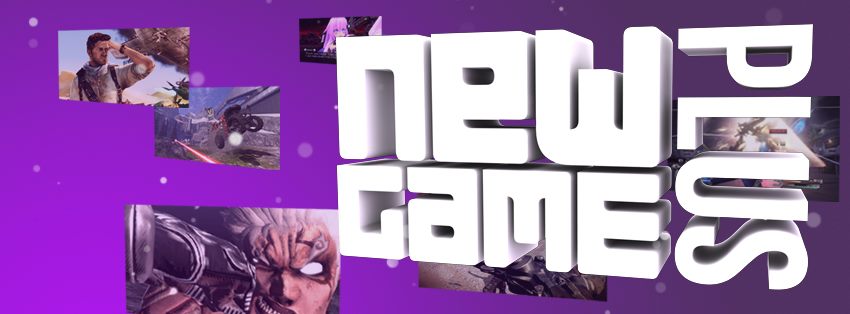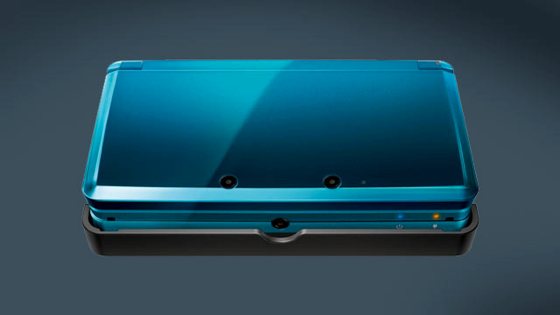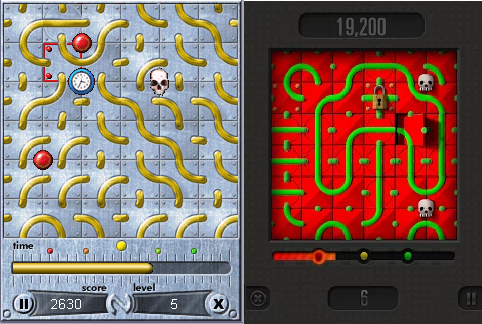
Encircle is a puzzle game for iOS and Android devices that sees players flipping tiles to make circles and other cool shapes, all under the pressure of a ticking clock. This addictive little brain-bending title was made by Squirrels With Hammers, a duo comprised of designer Scott Moorhead and programmer Adam White. We sat down with Scott to learn more about the game and his thoughts on the industry.
Rocket Chainsaw: Tell me a bit more about Encircle.
Scott: It was originally for the Pocket PC. Many, many years ago, my friend Adam and I used to work for a search engine company and in our spare time, we thought we’d do something fun. So, we built a game and at that point in time, Pocket PCs were a booming market. Pocket PCs were pocket-sized devices that let you check your emails, calendar and all sorts of other things. They were sort of the originators of concepts like the App Store. There was a bit of a burgeoning game and app market and a bunch of independent app stores, so we made this little puzzle game that ran on those.
RC: The limitations of Pocket PCs would have been a lot greater.
SM: Yeah. Not even in terms of the processing power, but in terms of things like file size and storage. So any sort of game or app had to be much smaller and able to compiled and run much more easily to work with their processing power. We’re talking 11 years ago or so that we built this game. But it was pretty good, in terms of functionality it worked pretty much then like it does now. But now we’re able to take advantage of much faster processors and much higher resolution graphics. It’s led to something extra for sure.
RC: What would you say that ‘something extra’ was?
SM: It looks a lot more slick and it feels more responsive. Also, Pocket PCs were roughly the same size as an iPhone now, but had nothing like the resolution. But things like tablet devices didn’t really exist back then, and Encircle works well on tablet, much better than on a phone (although I think the phone experience is great). Pocket PCs worked with your finger and many also came with a stylus. Overall, the touch experience is much more responsive than it was back then.
RC: I can imagine. In terms of bringing from 11 years ago to now, you mentioned it hasn’t changed much, but in terms of your processes/how you had to update it, was there a lot to get done?
SM: Yeah. Although there is what appears to be 3D elements on the tiles in the game, we had in the past made them as 2D graphics but in a way that made them look like they were 3D. Adam did all the coding to make them flip when you touch them and so on. Now, we’ve actually designed all the elements as 3D, so the process of creating the individual objects has changed a lot with ray tracing and light sources to give everything a much nicer, slicker, smoother feel. Looking back at the old game, you can certainly see it’s the same game, but it looks very dated. The new one looks like it belongs on a modern device.
RC: Was there much demand for apps back in the day, compared to now?
SM: There was nothing like the same sort of audience, it was much, much smaller for Pocket PCs. But it was an audience that was very hungry for applications and there were far fewer applications available, so the marketplace was less crowded than it is now. So little independent publishers like us could get a lot of attention. We could put out a game and we’d sell quite a few units fairly quickly. It’s interesting because we’re certainly not alone in this – a little game that we called our biggest competitor 11 years ago on the Pocket PC platform was a game called Bejeweled. And guess what? They’re massive on phones and tablets now too. We’ve got a similar kind of game, so it was interesting to see them come across.
RC: In terms of gaming habits, how do you feel the mobile experience is changing that for people?
SM: It’s far more accessible now than it ever was. It’s the same kind of scenario we saw with Pocket PCs, but with a lot more people. 11 years ago you’d see the occasional business person with a Pocket PC on the train, but now everybody’s got one. There’s far more casual gaming now than there ever has been.
RC: What, in your opinion, makes a good mobile game in comparison to say, a console game?
SM: There are so many different styles of game, but for me and the casual gaming space, I’m in scenarios where I’ve got 30 seconds or half an hour to spare. For example, if I’m waiting for a bus versus sitting in a doctor’s surgery, there are different sorts of games for different moments. I think the idea of being able to be interrupted or having time to spare is very well separated from console games.
RC: I suppose a lot of mobile games do build on that, for example, the ones where you have to wait for things to happen, or the game will ask you to please cough up $5. Which leads me to my next point – I notice Encircle has a paywall in there, so I wanted to ask what your thoughts were on paywalling. Do you feel it’s a necessary thing in the app space?
SM: We “umm”ed and “ahh”ed about our revenue model for a long time. This is actually another big change from the old days; we used to sell Encircle for about $14 and eventually dropped the price to $7, and we could still ship units. Now, there are so many good quality games out there that are free or close to free, and we need to compete in that space. We talked a lot about whether we would go out with a free version and a paid version concurrently, whether we’d go free with in-app purchases or whether we’d go completely free as we have done for a certain number of levels before getting people to pay. I guess one of the things that pushed us down the [concurrent free and paid version] path is we’ve played games that have a social high score table but have let people pay for power-ups, but we’ve always felt that that felt like cheating. If you’re competing against your friends but can’t tell whether they’ve spent $20 to get to the top, it felt a little rough. So we thought the more honest approach would be to let people try the game for nothing and if they liked it enough, they can pay for the full thing.
RC: It’s a very traditional view within the gaming space anyway. Even 10 years ago it was like, you get the demo disc with a magazine, and if you like the demo, you happily cough up $100 for the full thing. People nowadays seem to have a really hard time paying money for a little app on their phone.
SM: It’s pretty funny how far paywalling has come. Even with our price, there was a lot of talk about what point a user would want to cough up 99 cents for our game.
RC: How do you see the general gaming market going forward from this point?
SM: It can only get bigger and bigger, but I think somebody needs to put a lot more work into the app discovery space. On any of the platforms now, I think it’s very hard to get discovered. There’s some great resources out there that will help people uncover great apps, but there’s not a lot to really understand what a player likes and to recommend stuff based on their likes. I think that will change a lot. The market will only get bigger and bigger.
RC: Is part of what can be improved the actual app store model?
SM: Yeah. They have ideas about what can be recommended to users, but they’re using very broad brush strokes when they do so. For example, if a user has liked an ‘action’ game, they’ll like this other ‘action’ game, not taking into account anything like the narrative, graphics or the long history of games or similarities the user may have already enjoyed.
RC: At first thought, that might seem difficult to implement, unless people explicitly say for example, ‘this is a cel-shaded game’.
SM: I’m sure at the moment most games aren’t defined granularly enough to be able to do that easily, but I think it will probably come, for the same reasons that it’s come to most other retail spaces online. For example, people using music services expect the service to understand their tastes and to be able to recommend things based on that. I think the way people consume applications now is getting closer to the way people consume music. It’s transitory, it’s small and bite-sized, and people have varied tastes. They’re not prepared to wait for two hours before the next good song comes on.
RC: There’s so much personal data on us anyway.
SM: I can’t believe they don’t already understand what I want next!
RC: What are some of your favourite games?
SM: It depends on the situation. I’m a dad, so there are games I like playing with my kids. The original Wii is still a big hit in my house across a whole range of different games, from casual Raving Rabbids kind of things, but my son also really enjoys Endless Ocean, which is a really interesting game with no real end goal or point. They’re two very, very different experiences. On phones, I do still play things like Bejeweled, but I’m often now more interested in other game’s mechanics rather than getting into the game itself because I’m getting back into making games. There aren’t really any I’m especially involved with or addicted to at the moment.
RC: How do you feel about the upcoming console generation?
SM: Bring it on!
You can download Encircle from the App Store or from Google Play. Played it? Love it? Let us know your thoughts!



